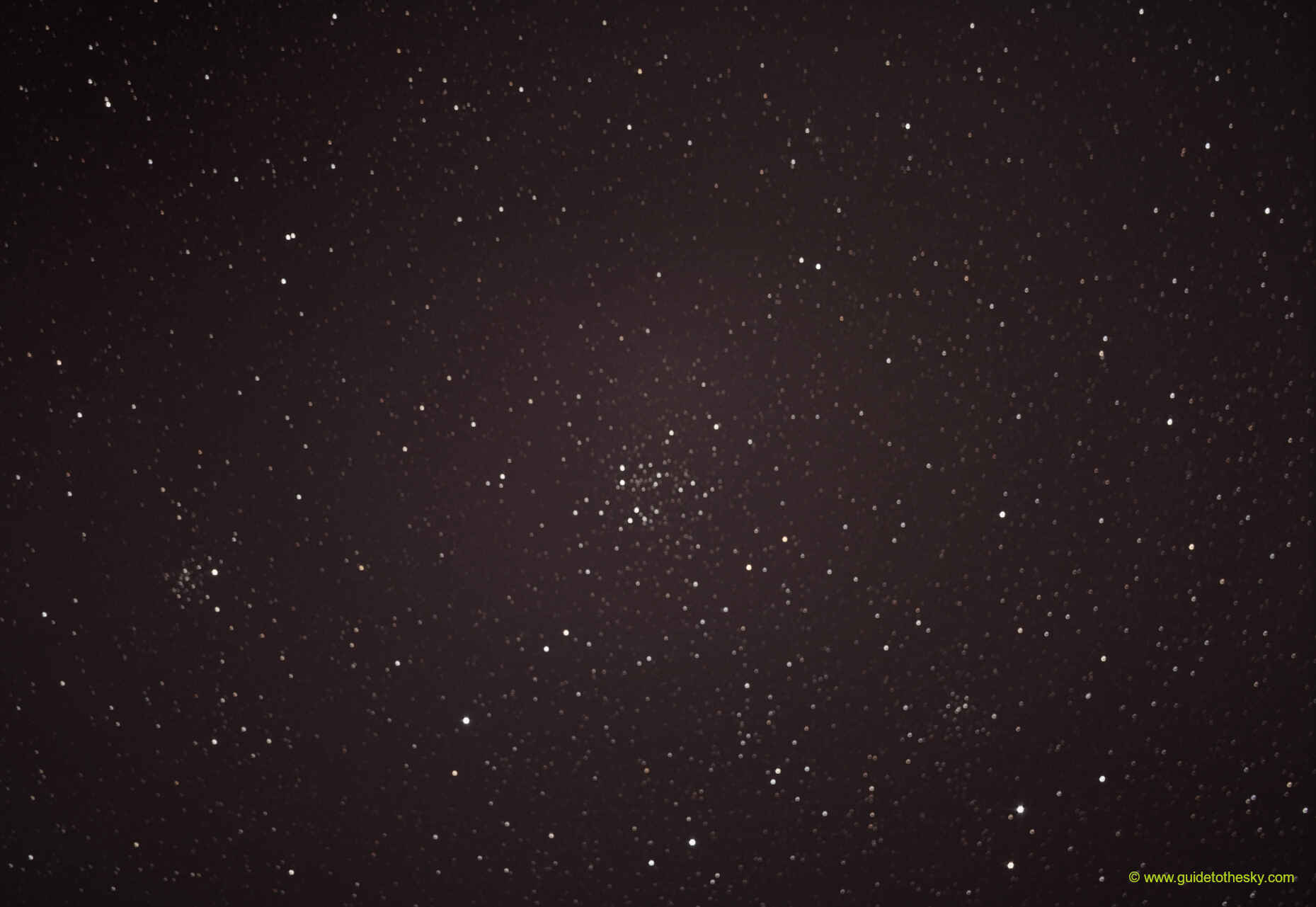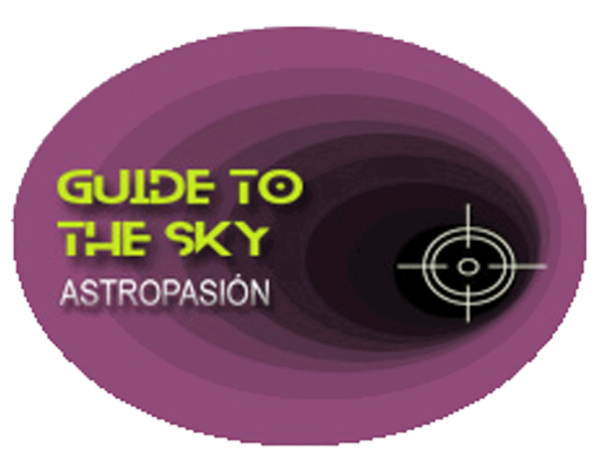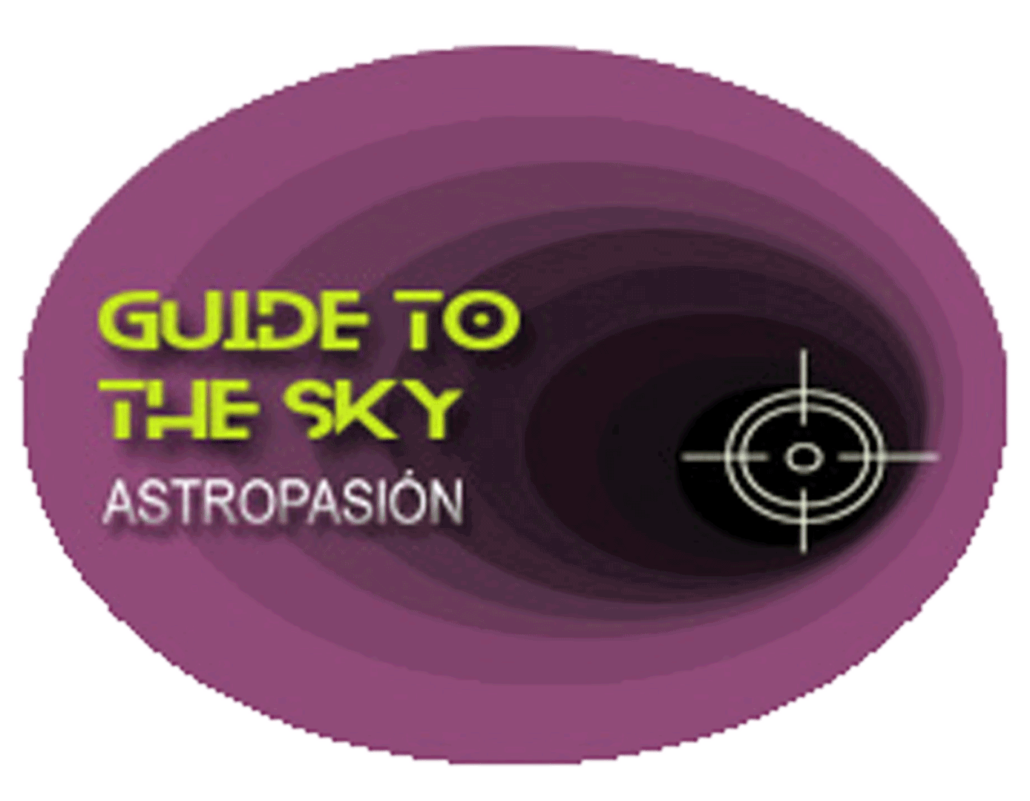NGC 663 - Cassiopeia
Cúmulo del cortacésped

NGC 663 es un cúmulo abierto en la constelación de Casiopea.
Es llamado a veces cúmulo de la letra S, con 18' de tamaño aparente es de la 7.1 Magnitud.
Nada mal si consideramos que está a {{ object[0].NGC663.mesDistances[0].dist }} {{ object[0].NGC663.mesDistances[0].unit }} de la Tierra. 40' al norte de NGC 663 tenemos a NGC 654, y 40' al SW tenemos a NGC 659, por lo que NGC 663 ocupa la posición central de este triángulo de Cúmulos abiertos.
Es llamado a veces cúmulo de la letra S, con 18' de tamaño aparente es de la 7.1 Magnitud.
Nada mal si consideramos que está a {{ object[0].NGC663.mesDistances[0].dist }} {{ object[0].NGC663.mesDistances[0].unit }} de la Tierra. 40' al norte de NGC 663 tenemos a NGC 654, y 40' al SW tenemos a NGC 659, por lo que NGC 663 ocupa la posición central de este triángulo de Cúmulos abiertos.
NGC663 - Cúmulo del cortacésped - en la IA
NGC 663 is a fascinating open cluster located in the constellation Cassiopeia. Here's a breakdown of what makes it interesting:
Key Facts:
- Type: Open Cluster (also known as a galactic cluster)
- Constellation: Cassiopeia
- Distance: Approximately 6,850 light-years (2,100 parsecs) from Earth
- Age: Relatively young, estimated to be around 20-25 million years old.
- Apparent Magnitude: 7.1 (visible with binoculars, especially in dark skies)
- Diameter: Roughly 16 light-years across
Characteristics and Significance:
- Richness: NGC 663 contains a high number of stars, making it a rich and densely populated cluster.
- Bright Stars: Contains many bright, young, blue-white stars, typical of open clusters. These are hot and luminous O and B type stars.
- Membership Determination: Astronomers use techniques like photometry (measuring the brightness of stars) and spectroscopy (analyzing the light emitted by stars) to determine which stars are true members of the cluster and which are just background or foreground objects.
- Star Formation: Open clusters are regions of active star formation. The stars in NGC 663 are believed to have formed from the same giant molecular cloud.
- Dissolution: Over millions of years, open clusters gradually disperse due to gravitational interactions with other celestial objects.
- Location: Cassiopeia is easily recognizable by its distinctive "W" shape in the night sky, making NGC 663 a relatively accessible target for amateur astronomers.
How to Observe:
- Binoculars: A good pair of binoculars (10x50 or similar) will reveal NGC 663 as a fuzzy patch of light, resolving into a few brighter stars.
- Telescopes: A small telescope will provide a much more detailed view, showing many individual stars within the cluster. Larger telescopes will reveal even more stars and finer details.
- Dark Skies: As with any deep-sky object, a dark sky location, away from city lights, is crucial for optimal viewing.
Why is it studied?
- Stellar Evolution: Open clusters like NGC 663 are valuable laboratories for studying stellar evolution. Since the stars in a cluster formed at roughly the same time and from the same material, astronomers can study how stars of different masses evolve at the same age.
- Distance Ladder: Open clusters can be used to calibrate the cosmic distance ladder, which helps astronomers determine the distances to more distant objects in the universe.
- Galactic Structure: The distribution and properties of open clusters provide information about the structure and evolution of the Milky Way galaxy.
In summary, NGC 663 is a beautiful and scientifically important open cluster that offers a glimpse into the formation and evolution of stars.
Más información sobre NGC 663 en NASA/IPAC.
Mapa alrededor de NGC 663
Otros identificadores de NGC663:
"C 0142+610" ,"NGC 663" ,"OCISM 80" ,"OCl 333" ,"OCl 333.0" ,"[KPR2004b] 22" ,"[KPS2012] MWSC 0139",

